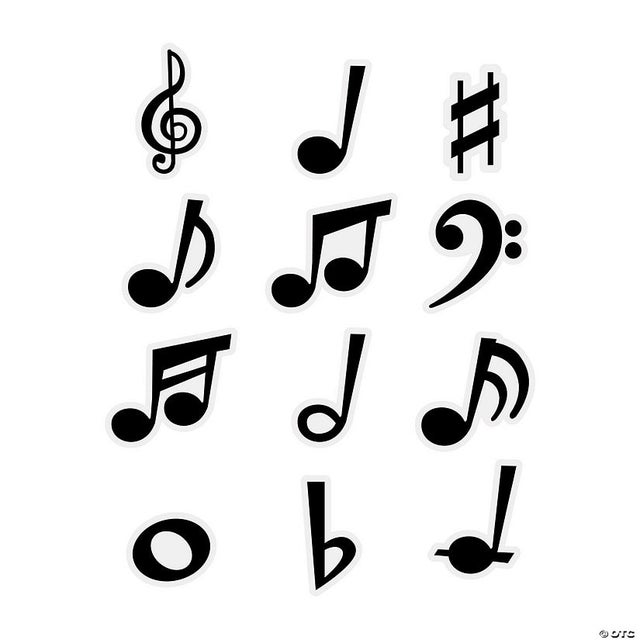- Sight-Reading
- >
- Sight-Reading Rhythm Roots 6/8 Time parts 1 and 2 - For years/levels 5-10
Sight-Reading Rhythm Roots 6/8 Time parts 1 and 2 - For years/levels 5-10
Sight-reading Rhythm Roots for 6/8 Time Part 1 and 2 (57 pages)
Sight-reading Rhythm Roots for 6/8 time part 1 and part 2 is designed for year 5 to year 10 students who need a better foundation on counting in compound meters.
The key to good sight-reading is to be able to identify patterns and play them quickly. If students can identify these basic rhythmic and melodic patterns, sight-reading becomes less difficult.
The Sight-reading Rhythm Roots for 6/8 time part 1 and part 2 gives students the ability to practice these basic roots in a simplified setting. Sight-reading examples start with fewer variables to start and repeat the basic pattern multiple times before moving on to a new pattern.
Sight-reading Rhythm Roots for 6/8 time focuses on just the rhythmic and melodic patterns in by key. There are no articulations or dynamics. Each key has 35 or 41 examples. The examples are the same examples transposed into different keys. Teachers/students can pick the key they require help with and keep the focus on the patterns.
Part 1 presents the same rhythmic and melodic patterns in the keys of: CM/am, EbM/cm, AM/f#m. Part 2 presents the same rhythmic and melodic patterns in the keys of: AM/f#m, EM/c#m, BM/g#m, F#M/d#m, EbM/cm, AbM/fm, DbM/bbm, GbM/ebm.
While all the examples in this set are in 6/8 the basics can be transferred to other compound meters. It is recommended to start these examples by counting the eighth notes. As students gain confidence, these basic patterns can be sped up and then practiced counting the dotted quarter.

